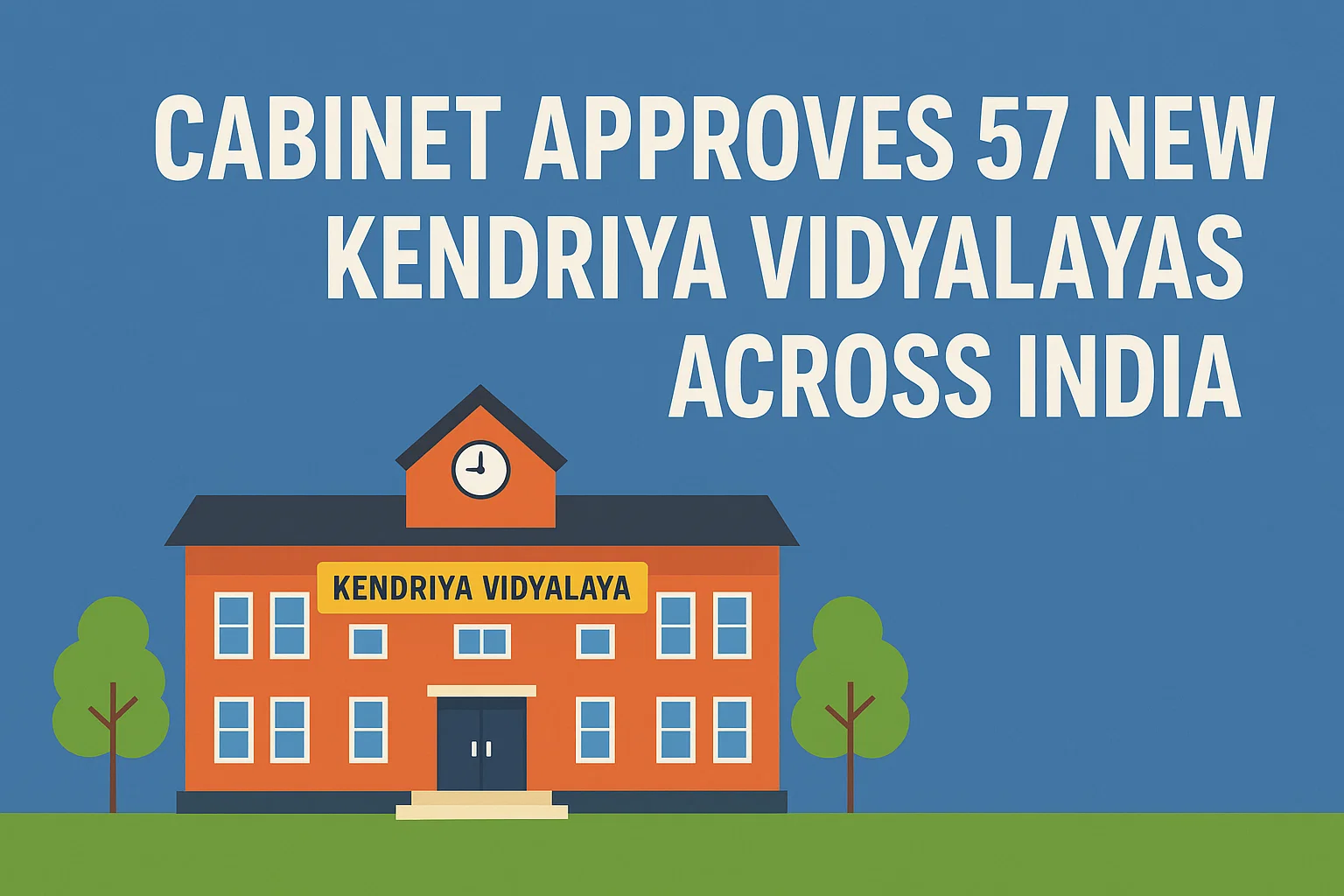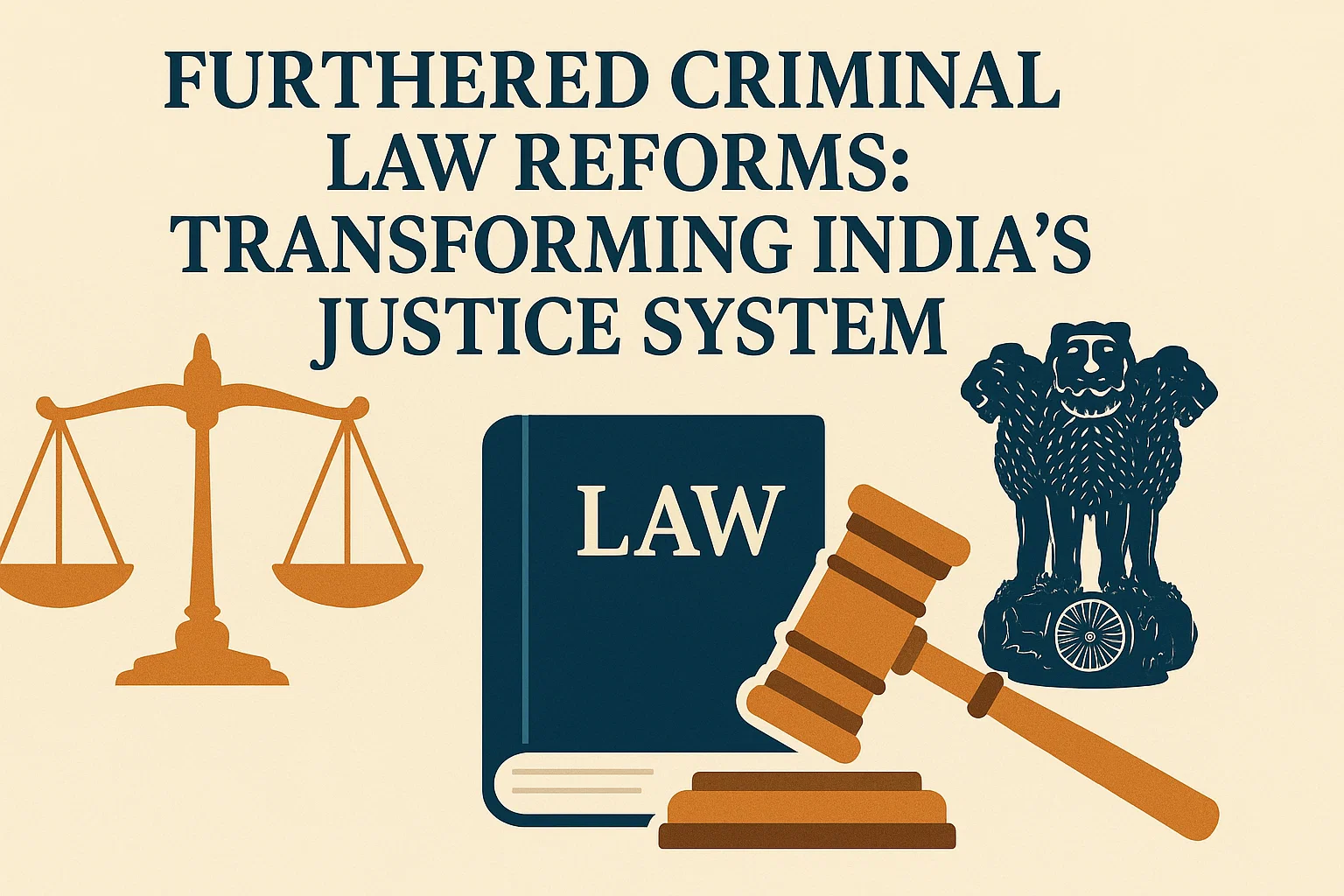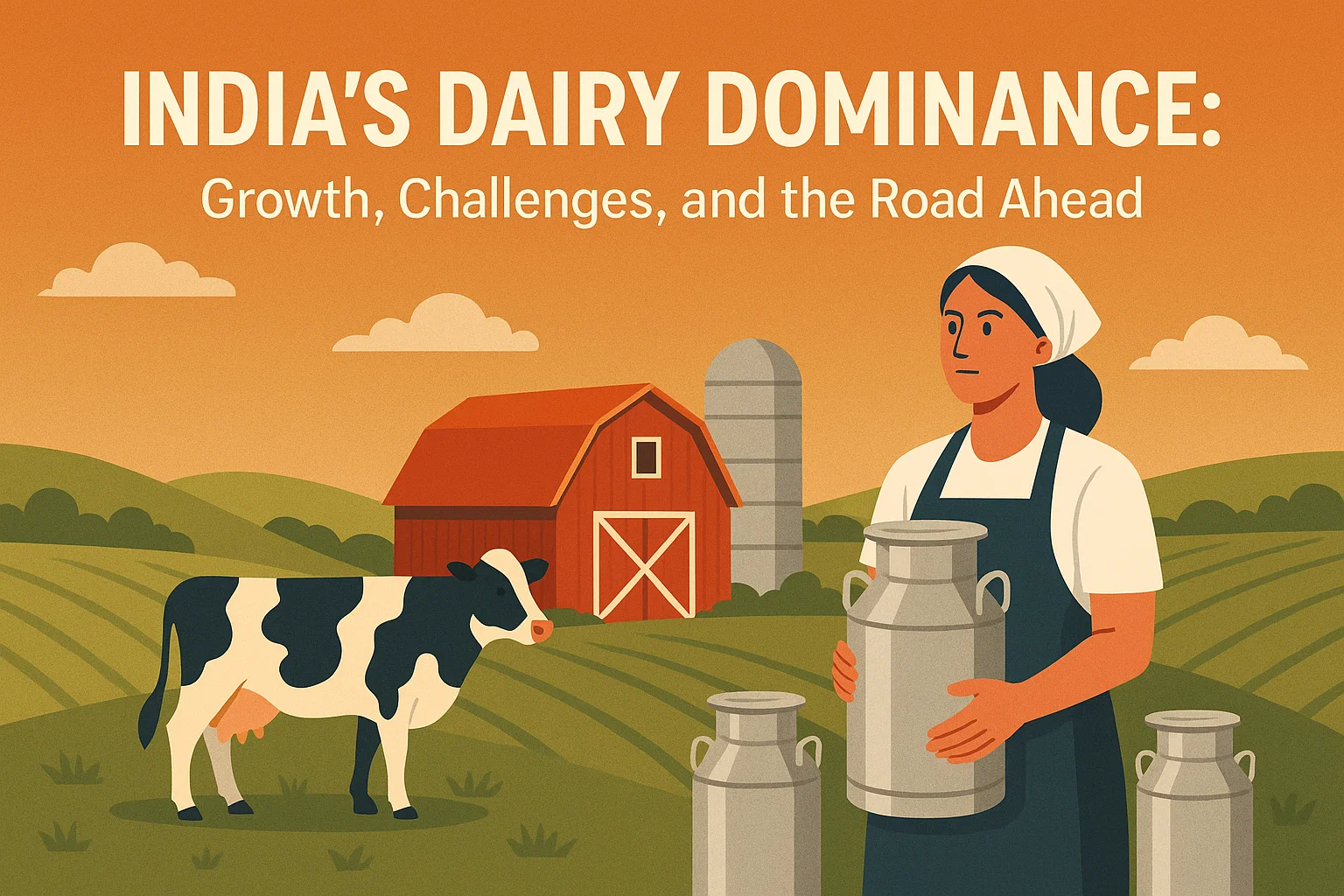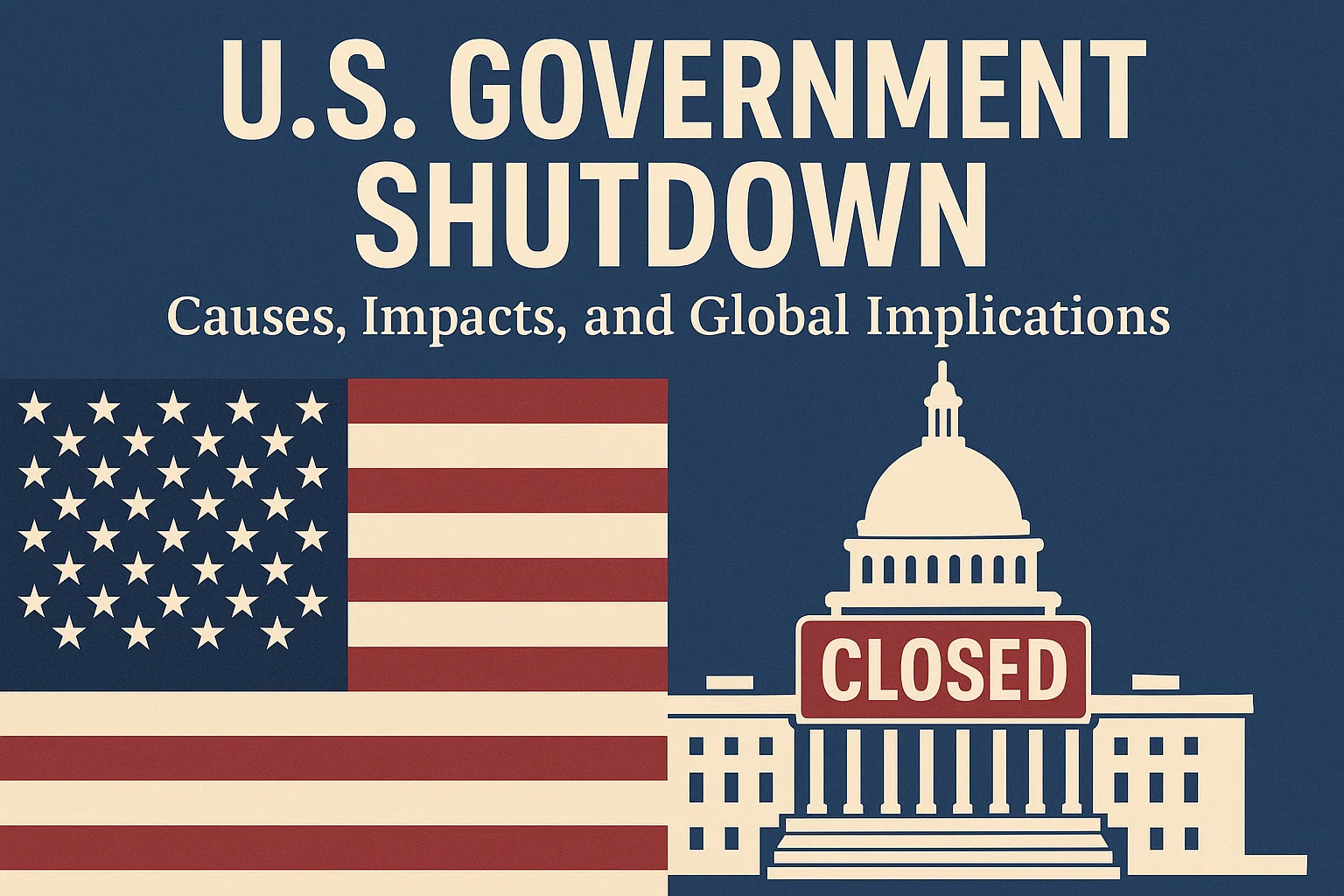Cabinet Approves 57 New Kendriya Vidyalayas Across India
The Indian Cabinet has approved 57 new Kendriya Vidyalayas across 17 states and UTs in 2025, focusing on aspirational, LWE-affected, and hilly regions. Learn about their impact on education, employment, and regional development.
Context
In a landmark decision for India’s education sector, the Cabinet Committee on Economic Affairs (CCEA), chaired by Prime Minister Narendra Modi, has approved the establishment of 57 new Kendriya Vidyalayas (KVs) across 17 states and Union Territories in 2025. This decision reflects the government’s commitment to ensuring equitable access to quality education, particularly in underserved and strategically important regions.
What are Kendriya Vidyalayas, and why is this move significant?
Definition and Objective
Kendriya Vidyalayas are central government schools administered by the Kendriya Vidyalaya Sangathan (KVS), an autonomous body functioning under the Ministry of Education. These schools are affiliated with the Central Board of Secondary Education (CBSE) and follow a uniform curriculum based on NCERT textbooks.
The primary purpose of Kendriya Vidyalayas is to cater to the educational needs of children of Central Government employees, defence personnel, and other transferable jobholders, ensuring that their children do not face disruptions in schooling when families relocate. By offering a consistent curriculum across India, KVs maintain uniformity in learning standards.
Focus Areas of Expansion
The newly approved schools are targeted in regions where access to quality education is either absent or severely limited. These include:
-
Districts with no existing Kendriya Vidyalaya, addressing geographical gaps.
-
Aspirational districts identified by NITI Aayog, which lag behind on key social and economic indicators.
-
Left Wing Extremism (LWE)-affected districts, to encourage stability and inclusion through education.
-
North-Eastern and hilly regions, where infrastructural challenges often hinder access to schools.
The total estimated cost of setting up these 57 schools is around ₹5,800 crore, spread across a period of nine years.
Significance of the Expansion
This initiative carries multiple layers of importance:
-
Strengthening Educational Access: The expansion addresses Sustainable Development Goal (SDG) 4, which aims to ensure inclusive and equitable quality education for all.
-
National Integration: With uniform curricula and shared educational values, KVs play a vital role in building national unity among children from diverse backgrounds.
-
Geographical Inclusivity: Establishing schools in remote, aspirational, and conflict-affected districts ensures that no region is left behind in educational progress.
What will be the impact of 57 new Kendriya Vidyalayas?
Student Benefits
Each newly established KV is expected to serve approximately 1,500 students, creating significant educational opportunities for children who might otherwise lack access to quality schooling. Additionally, every KV will include a pre-primary ‘Balvatika’ section, ensuring that the foundation for learning begins at an early age, in line with the National Education Policy (NEP) 2020.
The move will not only raise literacy levels but also strengthen critical thinking, digital literacy, and holistic development in students from disadvantaged regions.
Employment Generation
The establishment of each KV requires around 80 teaching and non-teaching staff members, translating into thousands of direct jobs across the country. Beyond staffing, the construction and operationalisation of schools will create indirect employment opportunities in allied sectors, including construction, infrastructure development, transport, and local services. Both skilled and unskilled workers are expected to benefit from this expansion, contributing to local economies.
Regional Development and Social Stability
The targeted placement of these schools in aspirational districts, LWE-affected regions, and hilly/Northeast areas will serve as a catalyst for regional development. Education is widely acknowledged as a tool of empowerment, social inclusion, and conflict mitigation. By offering accessible, high-quality schooling in vulnerable regions, KVs help reduce inequality, foster social harmony, and promote stability.
This initiative reflects the government’s broader vision of “Sabka Saath, Sabka Vikas, Sabka Vishwas”, aligning education with national development and inclusion.
Continuity with Past Expansion
The approval of 57 new Kendriya Vidyalayas in 2025 follows the earlier expansion of 85 KVs across 19 states in 2024. Together, these measures reflect a comprehensive and phased strategy to expand the Kendriya Vidyalaya network nationwide.
By systematically addressing underserved areas, the government seeks to reduce regional disparities in education and create an interconnected national system of schooling. This aligns directly with the objectives of NEP 2020, which emphasises universal access, equity, and quality in education.
Long-Term Implications
The cumulative effect of these expansions is likely to be transformative. In the long run, a wider network of KVs will:
-
Bridge educational gaps between urban and rural India.
-
Promote social cohesion by integrating students from diverse regions under a common system.
-
Support economic development by equipping the youth with skills necessary for the 21st-century workforce.
-
Reduce inequalities in education outcomes, particularly in marginalised and geographically disadvantaged communities.
By investing in quality schooling infrastructure today, India is laying the foundation for an inclusive and skilled workforce of tomorrow.
Conclusion
The Cabinet’s approval of 57 new Kendriya Vidyalayas in 2025 is a landmark decision that strengthens India’s commitment to equitable education. By focusing on aspirational districts, conflict-affected areas, and geographically difficult regions, the move ensures that quality schooling reaches those who need it the most.
With significant benefits for students, employment generation, and regional development, this expansion not only addresses immediate educational gaps but also contributes to long-term national integration and social stability. Coupled with the NEP 2020 vision, this initiative is a crucial step towards achieving inclusive and high-quality education across the nation.
Subscribe to our Youtube Channel for more Valuable Content – TheStudyias
Download the App to Subscribe to our Courses – Thestudyias
The Source’s Authority and Ownership of the Article is Claimed By THE STUDY IAS BY MANIKANT SINGH





